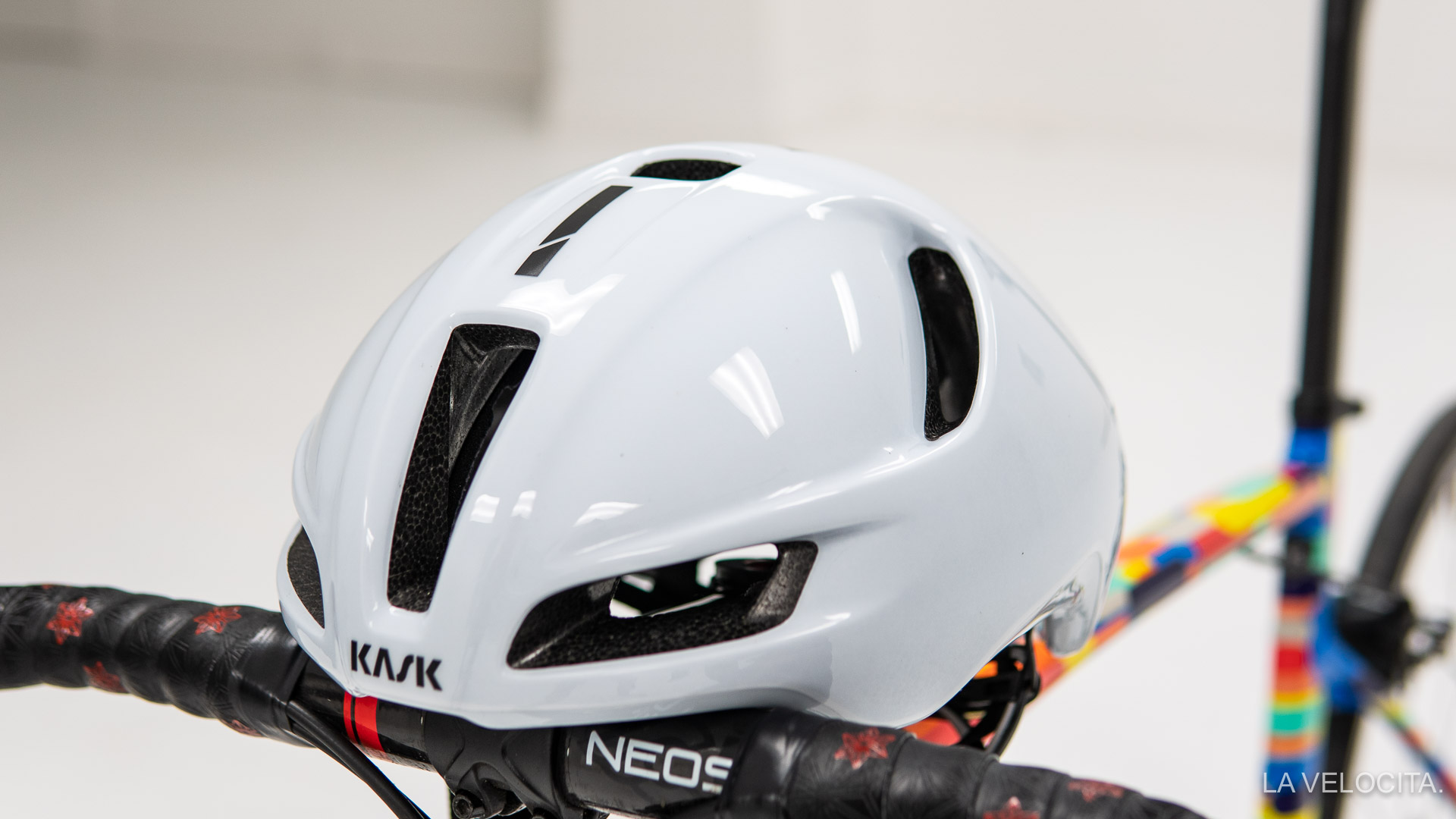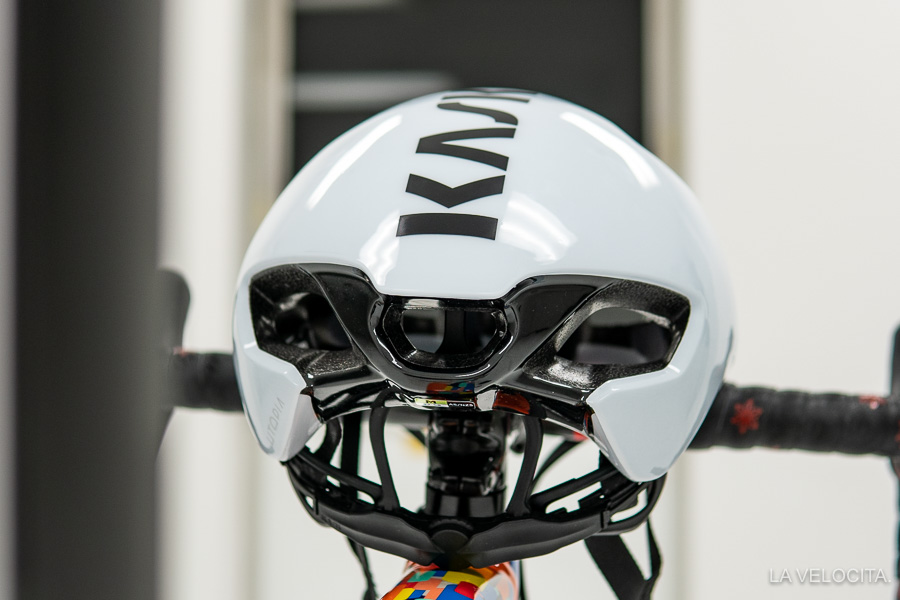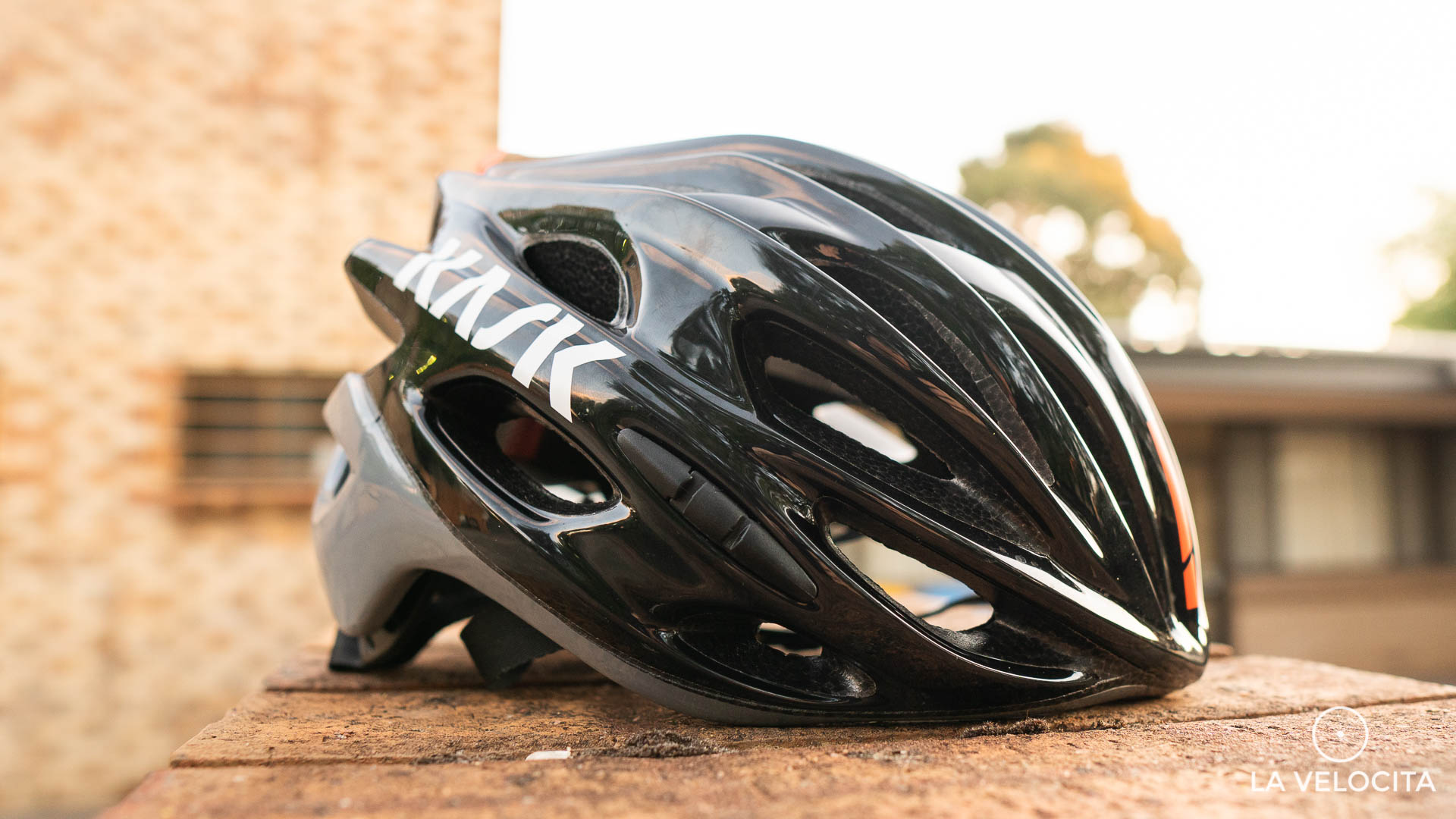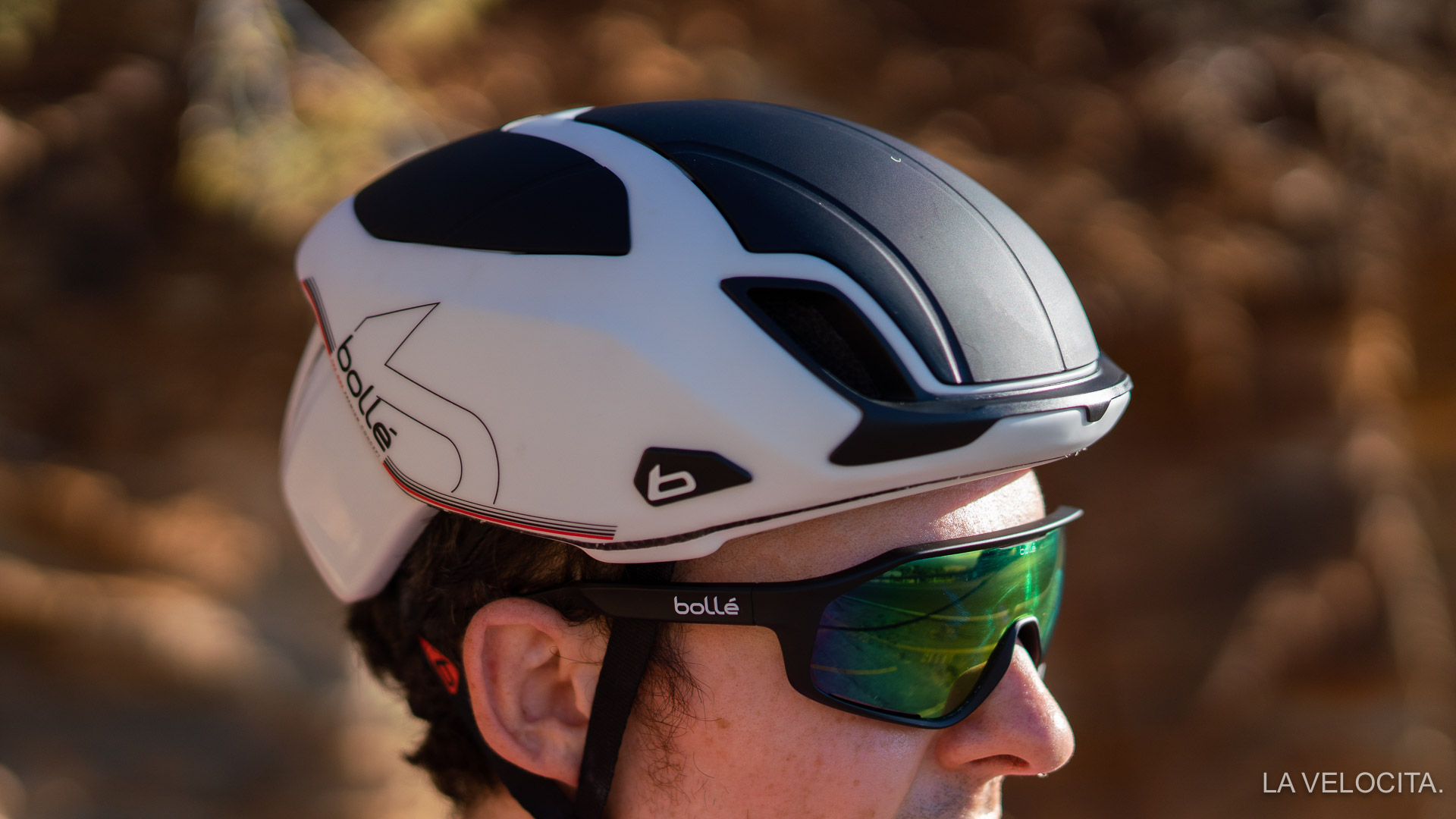Kask Utopia helmet review

Kask have produced a crazy breathable aero helmet but with some compromises
Words: James Raison
Kask have been a little quiet on the aero road helmet front of late. It’s been a long time since the Infinity and Protone hit the shelves, but from that silence comes the Utopia; an aero helmet they’re making plenty of noise about. Kask claim it’s an aero helmet “suitable for road racing and triathlon, Utopia can be used year-round in all climates”. Is that even possible? The answer is an emphatic yes with the quiet caveat of mostly.
Curious how the Utopia stacks up to the rest of Kask’s range? Check out our Utopia, Valegro, Protone, Mojito X Comparison article.
ABOUT
Weight: 240 g
Anti-bacterial, 3D DRY padding
Eco-leather chin strap
Octo fit dial adjustment with vertical slider
MIT polycarbonate layer covering the shell and base ring at the back.
FITTING
The Utopia keeps the familiar Kask shape of slightly more ovalised than round. Beneath the chin is the (again) familiar eco leather strap that is fiddly to adjust but comfortable when pressed against your chin. The rear cradle retention system is (once again) very familiar and identical to the Valegro. My experience with Kasks makes the first adjustment easy; loosen the chin strap, slide the rear cradle down and wind it out. There’s so much adjustment here with all of the moving parts having a wide range to work with. No doubt the fitting flexibility is part of the reason Kasks are so damn popular.
One fit issue is the Utopia’s adversarial relationship with sunglasses. It’s the same with the Protone and Valegro. The rear cradle drops quite close to your ears so it can bump into the arms of your glasses. It’s not a problem for shades with flat bladed arms like the KOO Open Cube or Bolle SHIFTER Phantoms that are my go-tos, but anything with rounded arms are that hook behind the ears. It’s something to be aware of before buying.
THE RIDE
I found the Utopia a surprising helmet. It over-performed in some ways, and under-performed in others. Despite its imperfections it has rarely left my head recently, and it only when I want to compare it to other helmets in my collection.
It’s got the good looks, premium feel, and light weight that I’ve come to expect from Kask helmets as well as the pro-spec price tag. What really matters for the Utopia is how it interacts with the air, and how it interacts with your cranium.
Photo by @oliver.armstrong
SERIOUS AIR
The Utopia has an interesting relationship with the air.
Let’s start with aerodynamics. Kask don’t disclose aerodynamic data and I don’t have a wind tunnel. So I’ll be a consummate professional and say it’s probably aero. Releasing scrutinisable aero data about helmets is the exception rather than the norm, so it’s expected that Kask’s keeping their numbers private.
As expected of an aero helmet, the Utopia resists buffeting in strong winds. Some vented helmets of recent years have been prone to catching in wind gusts but none of that here. Interestingly the Utopia begins to feel very light on your head at around 60kph. The air passes through so rapidly that it creates lift. That’s the first time I’ve had that experience.
Of more interest is how the air passes through the helmet. It’s truly incredible. Kask has done some impressive optimising with the channels inside the shell that let the air slip right through and out the rear. You can feel the air whipping across the top of your head, despite the limited front-facing vents. It’s remarkable that an aero helmet has such effective breathability. I’ve had few qualms using this helmet during climbing efforts at quite low speed during winter. I’d be using the Valegro if it were full summer but the Utopia even out-performs Kask’s own Protone. At times the airflow through the Utopia has been a problem because so much of the cold winter air zips through it.
Remarkable airflow and (presumably) slippery aero shaping will make the Utopia a hot commodity among the racers, TTers, and other performance obsessed cyclists. As for Kask’s claims of “year-round in all climates” I’ll be leaving it on the wall for Adelaide’s appallingly hot summers and take the Valegro instead. The Utopia certain can be your sole helmet in a hot climate but you’ll have to accept the sweatiness that comes with it.
COMFORT
Now we come to the cost of all that aerodynamic and airflow excellence; comfort. The internal channels cleanly move the air through the shell and that means the padding is sparse and minimal. Just two strips of “Resistex Carbon” padding run from front-to-back, and two more small patches hold at the temples. The small contact patch between helmet and head concentrates the pressure of the helmet. The end result is forehead dents. The Valegro had a similar padding format but with more and narrower strips to spread the contact patch out.
It’s all about the airflow
Another side-effect of the minimalist padding is sweat. Kask’s front-to-back padding design eschews the horizontal forehead pads leaving sweat to run freely down your forehead. Again, the great airflow reduces sweat in general but slow hill climbing will cause you some sweatiness.
WRAPPING UP
Kask has pulled off the difficult feat of making an aero helmet breathable enough to wear (almost) every day. I will add the caveat that those in hot climates, or doing long and slow hill climbing would be better served by the Valegro.
There have been comfort compromises made to help airflow but they’re not enough to avoid the Utopia. Helmets should always be tried on before buying so whack it onto your noggin to make sure it’s comfortable enough. Thankfully the excellent chin strap and rear cradle are still here, making it a decently comfortable helmet.
Kask has done what they always do with the Utopia; make a light, breathable, and good looking race helmet. The added aero chops should make this a popular lid for those with those looking to save some watts.
Disclosure statement: This helmet was sent by Kask Australia for review. It’s not a paid review and we don’t make any money from the sales of Kask product.










